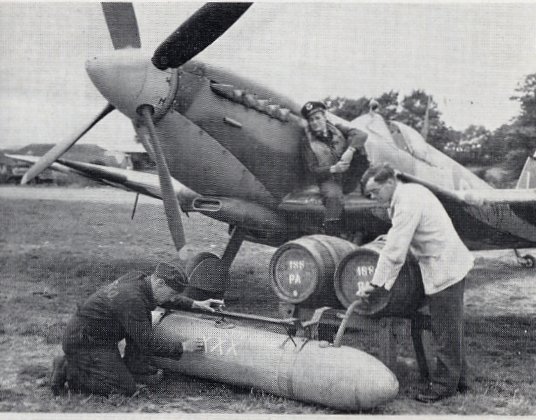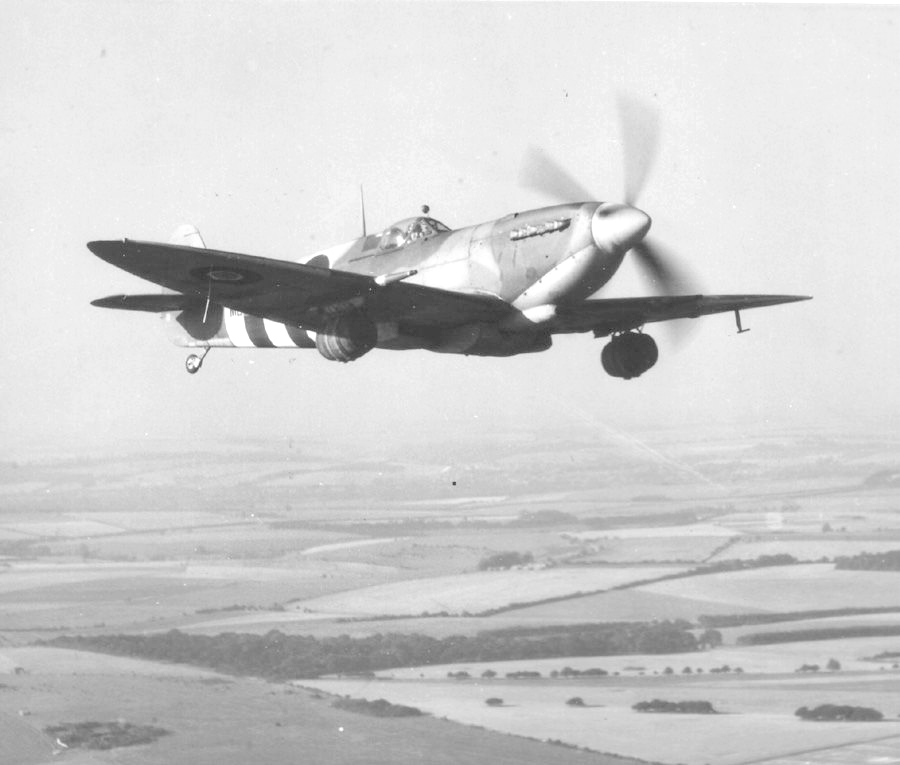Some of the time it is condoned by the authorities, but most of the time it is frowned upon. Because of this you'll not find records, or archive files for this activity. However stories and anecdotes will appear within veterans accounts. What follows is just a smattering of such accounts that I've been able to find.
After the breakout in 1944, US Sherman tanks kept having an odd mechanical failure. Sherman's at the time had spring loaded clips to hold their ammunition in its racks. But these were failing and letting the ammunition fall out. It was a problem that couldn't be replicated. It later came to light that the crews were storing bottles of French wine in the ammo racks, as the wine bottles happened to be the same size as the 75mm rounds. Whenever the tanks were due for inspection the crews would simply remove the bottles.
 |
| Oddball's Wine cooler |
A similar event happened in Germany the following year. As the German forces collapsed a pair of officers in a car went looking for drinks. They invited the unit Padre along for a drive in the countryside, and wandered into a town. As they were looking for the best place to locate the mess they were approached by a German soldier, who asked if they would accompany him. They followed him to the town hall where the local commander had drawn up all the forces under his command for a formal surrender.
Knowing that the brigade commander was on the way, and would disapprove of having the surrender taken by two lowly officers, they made their excuses and left. The Padre recalls seeing the brigade commander's tank come round the corner as they roared out of the town, and turned off down a side road.
The RAF wasn't to be outdone, however they had the advantage of being able to fly to the drinks, instead of acquiring it locally. At first drop tanks were cleaned out and used to carry the drinks. However the chosen liquid gained a nasty metallic aftertaste from the drop tanks. Some planes had bottles of Champagne stowed in their wings, however, it was quickly found that engine vibrations affected the bottles causing them to react as if they had been shaken. This caused the corks to shoot out making holes in the plane mid flight!
In the days after D-Day several breweries in the UK had offered to supply their wares free of charge to the Armed Forces. They could deliver beer kegs to airfields in their locality.
It was at that point some bright spark noticed the size and shape of a beer keg. With very little work they realised the pylons fitted to fighters such as the Spitfire, normally for drop tanks or bombs, could be altered to carry beer kegs. So an enquiry was made about whether pressure testing had been done on the kegs, unsurprisingly they hadn't been designed with high altitude flight in mind. It was decided to test the mounting out. The only problem found was with some of the larger kegs fitted the ground clearance wasn't great. On the plus side at high altitudes the beer would be nicely cooled during the flight. These modifications were used to start shipping them across to France.
As the supply chain to Normandy was under strain with the demand for essential war supplies, there was no room for luxuries and the load out for the fighters soon gained official recognition. The flying kegs became known as the Mod XXX Depth Charge. The Ministry of Information also used the story for propaganda.
The news stories soon attracted the attention of another government department that had had a long history with alcohol, the Inland Revenue. They informed the breweries that they were exporting the alcohol, and would therefore be liable for export taxes. Unsurprisingly the breweries backed down and the Mod XXX became a thing of the past.
Our next pair of stories come from the US and post war. In the late 1950's a particular brand of beer was only available in one location, and would spoil before it could be shipped to a remote US airbase. The airbase was operating F-86 Sabres. Again one bright serviceman noticed the dimensions of the beer bottles. They could be loaded onto the rocket rails fitted under the plane. It was found that about five cases could be loaded onto each F-86, and so whenever the jets left for the other side of the country they would always have empty rocket rails.
 |
| Bottle or 2.75" FFAR? |
The pilot had a stopover to make, and having completed his business, he returned to his aircraft to find the ground crew had just finished refuelling his plane including topping up his drop tanks!
Such activities happen even today. In 1991 a British tank regiment was being deployed for operation Granby (Desert Shield/Storm).
 |
| Beer crates arriving on a ship |




Bloody superb information made me chuckle :)
ReplyDeleteThe Australian No 1 Tactical Airforce squadron, in particular the group captain Clive Caldwell, had a rather infamous reputation for smuggling Alcohol in their aircraft for sale to the US forces garrisoned nearby
ReplyDeleteYeah Caldwell was on the short list for inclusion, but the size of the article meant he had to get cut out unfortunately.
DeleteThere is an account of him filling his plane with £80 worth of booze. Doesn't sound like much but remember what prices were like back then. In today's money it is several thousand pounds worth of alcohol (about he cost of small car).
Why is the rum gone indeed?
ReplyDeletehttps://www.youtube.com/watch?v=JImcvtJzIK8